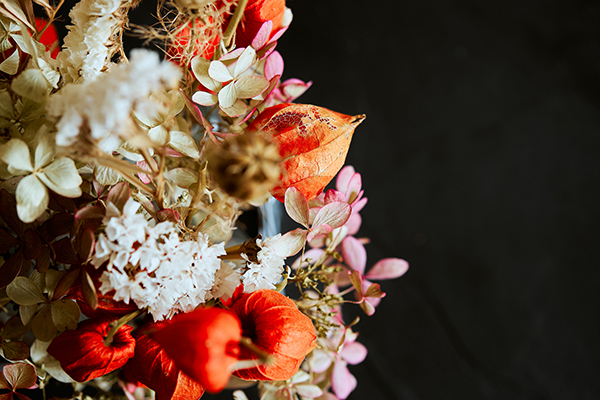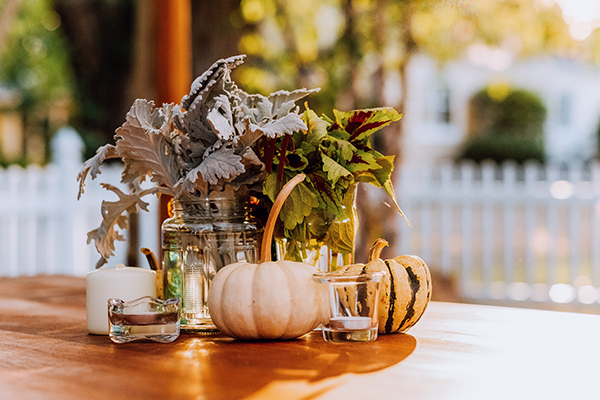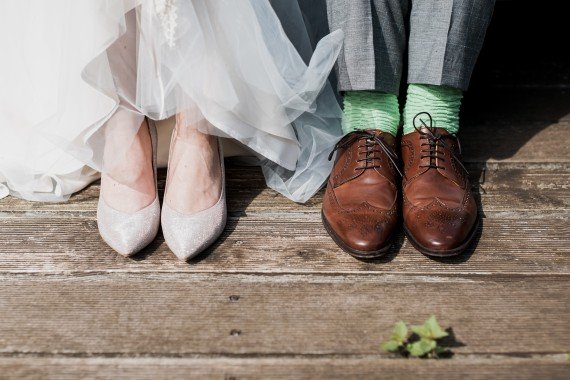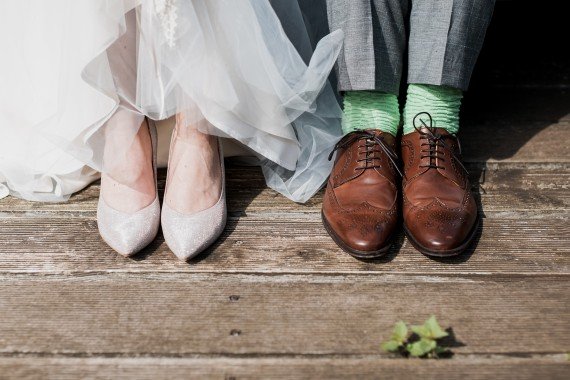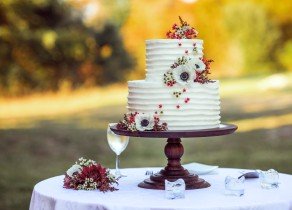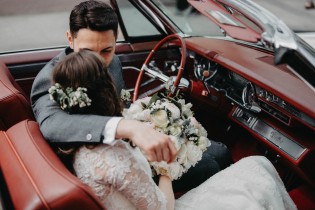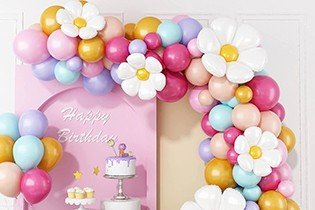A Time-Honored Tradition: The Top Table Arrangement at Weddings in the UK
Weddings are special occasions filled with love, joy, and cherished traditions. One such tradition in the United Kingdom is the arrangement of the top table, a focal point where the newlyweds and their closest family and friends come together to celebrate the union. In this article, we will delve into the significance of the top table arrangement, its traditional setup, and the roles of those seated at this prestigious table.
The Symbolism of the Top Table
The top table holds a special significance in British weddings, as it symbolises the joining of two families and the unity between them. Traditionally, the bride's family sits on the left side of the top table, while the groom's family is seated on the right. This arrangement signifies the coming together of two families and represents the support and commitment that both sides offer to the newly married couple.
The Head of the Table
At the head of the top table, the newlyweds occupy the central seats, signifying their importance and the focus of the day's celebration. The bride traditionally sits on the left of the groom. This arrangement allows the couple to easily interact with their loved ones and enjoy the festivities while being at the heart of the occasion.
The Parents
To the right of the groom, the groom's parents are seated. The father of the groom traditionally occupies the seat closest to the groom, followed by the mother of the groom. This placement acknowledges their role in raising the groom and welcoming the bride into their family. Similarly, to the left of the bride, the mother of the bride sits closest to her daughter, followed by the father of the bride.
When the parents of the bride and groom are no longer married / together, seating arrangements can be adjusted to ensure everyone feels comfortable and respected. Here are a few suggestions:
Separate Sides: The parents can be seated on separate sides of the top table. The mother of the bride can sit on the left side, next to the bride, while the father of the bride can be seated on the right, on the other side of the groom, and vice versa with the groom's parents.
Alternate Seating: Another option is to have the parents alternate their seating positions. For instance, the mother of the bride can sit at the top table, next to the bride, while the father of the bride sits at a different table close by. Then, for the next course or part of the reception, they can switch positions. The same arrangement can be made for the mother and father of the groom.
Separate Tables: If preferred, the parents can be seated at separate tables altogether. This allows them to have their own space and be surrounded by their respective family and friends. The top table can then be reserved for the newlyweds, the wedding party, and other important individuals.
It's essential to have open and respectful communication with all parties involved.
Discuss the seating arrangements in advance, and if possible, consult with the parents to understand their preferences and find a solution that ensures their comfort and happiness. Flexibility and compromise are key in creating a harmonious atmosphere.
Remember, the ultimate goal is to create an inclusive and supportive environment for everyone involved. By considering the individual circumstances and preferences of the parents, it is possible to find a seating arrangement that respects their relationship with the couple and ensures an enjoyable wedding celebration for all.
The Best Man and the Chief Bridesmaid
On either side of the parents, the best man and the chief bridesmaid take their seats. The best man, a close friend or relative of the groom, stands as a symbol of support, trust, and friendship. Likewise, the chief bridesmaid, often the bride's closest friend or sister, represents unwavering support, love, and companionship. Their proximity to the bride and groom showcases the vital roles they play in the couple's lives. In our case, for space, all of our Bridesmaids sat with the other guests so they could also sit with their partners.
Additional Guests
Depending on the size of the top table and personal preferences, additional guests may be seated alongside the parents and wedding party. It is common to include the grandparents of the couple, who hold a significant place in family dynamics. Siblings of the bride and groom may also find themselves seated at the top table, further emphasizing the familial connection. The arrangement can be tailored to suit individual circumstances, allowing for flexibility while maintaining the symbolic essence.
Modern Variations and Adaptations
In recent years, couples have explored alternative top table arrangements to reflect their unique circumstances. Some opt for a sweetheart table, where only the newlyweds are seated, creating an intimate space for them to share moments together. Others choose a more relaxed approach, mixing family and friends at the table, creating a convivial atmosphere. These adaptations showcase the evolving nature of weddings, where personalization and creativity are embraced.
The top table arrangement is a cherished tradition in British weddings, symbolizing the union of two families and the celebration of love. With its carefully structured seating plan, the top table honors the newlyweds, their parents, and closest loved ones. While traditions evolve, the essence of togetherness and unity remains at the heart of this time-honored arrangement.
More from our blog
More Wedding planning view all
23rd September 2024
Versatile events at The Grand Pier, Weston-super-Mare
Last week I was invited to a rather special event on the Grand Pier, Weston-super-Mare.
19th August 2024
Why Weddings Planned in Advance Cost More
If you plan your wedding well in advance, it'll end up costing you more than if you do more in the immediate run up.
1st January 2024
You're Getting Married This Year!: A Guide to Navigating Your Wedding Journey
As you stand on the cusp of your wedding day, here's a guide to relish the excitement and navigate the final stages.
 By Lisa Freeman
By Lisa Freeman

